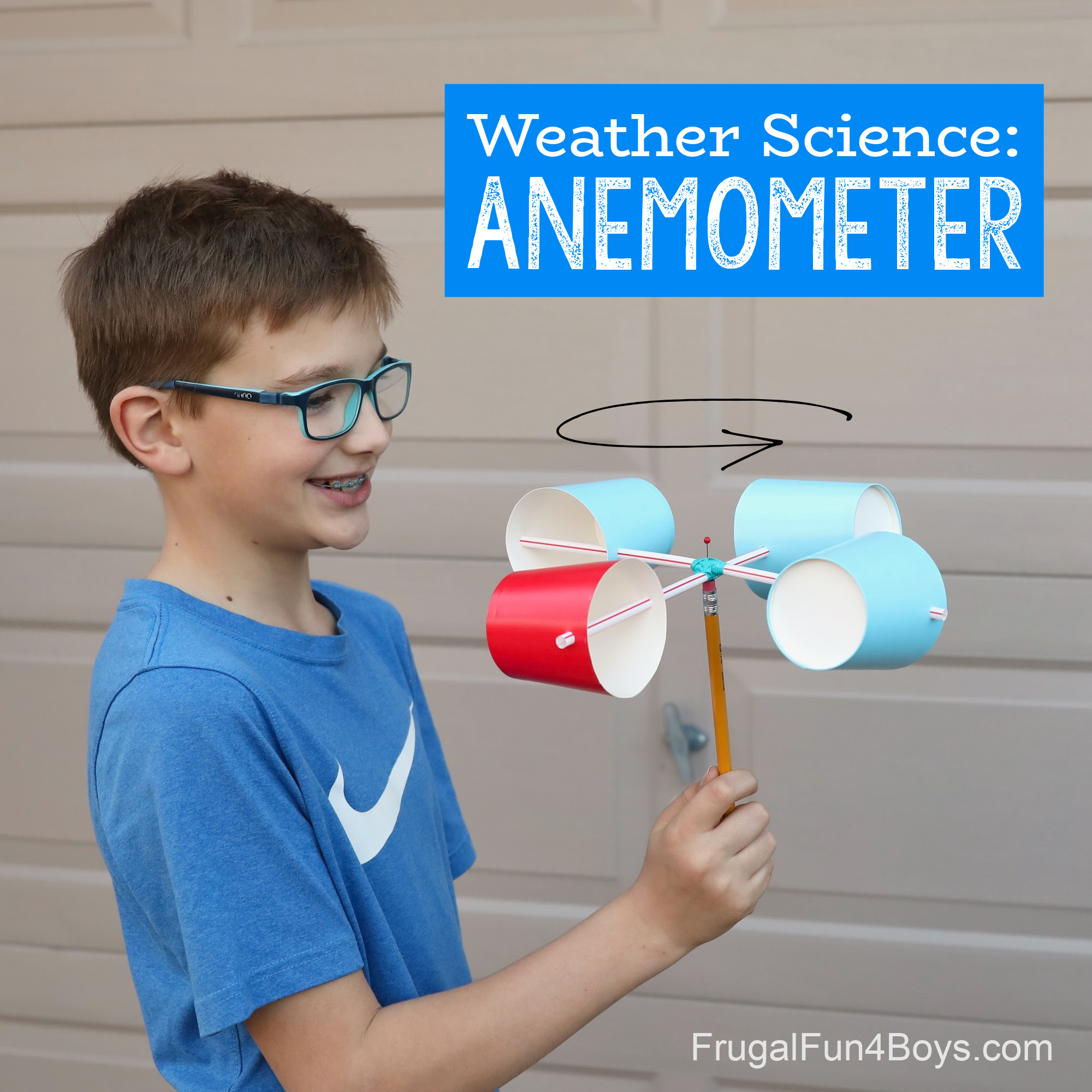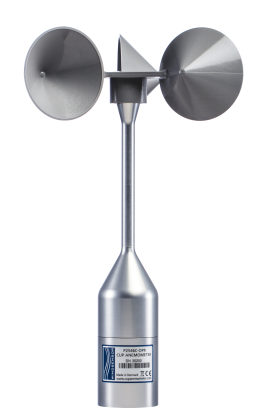Comprehending Various Kinds Of Anemometers for Numerous Applications
Comprehending Various Kinds Of Anemometers for Numerous Applications
Blog Article
Anemometers Unveiled: Understanding Their Significance in Ecological Tracking and Safety Steps
The duty of anemometers in ecological tracking and security steps is commonly taken too lightly, yet their value is obvious. These instruments have a long history rooted in clinical query and technological developments, developing to end up being vital tools in various fields. From weather forecasting to aviation safety, anemometers play an important role in giving exact data that informs decision-making procedures and improves overall safety. Recognizing the ins and outs of anemometers unveils a globe of essential insights that are fundamental to our understanding of the environment and the actions we require to guarantee safety.
Background of Anemometers
The evolution of anemometers can be mapped back to the old worlds where basic wind gauging tools were first used. One of the earliest recognized anemometers was the hemispherical mug anemometer created by Leon Battista Alberti in the 15th century.
Over the years, innovations in modern technology led to the growth of even more contemporary anemometers, including ultrasonic anemometers and laser Doppler anemometers, offering increased precision and efficiency in measuring wind rate and direction. The history of anemometers showcases a remarkable trip of innovation and progress in the area of meteorology.
Types of Anemometers
Throughout the field of meteorology, different kinds of anemometers have actually been established to properly gauge wind rate and instructions. Sonic anemometers use ultrasonic signals to gauge wind rate and instructions properly. Hot-wire anemometers operate based on the concept that the cooling result of wind on a warmed wire is proportional to the wind speed.
Applications in Weather Forecasting
Having actually discussed the various sorts of anemometers used in weather forecasting for measuring wind rate and instructions, it is important to discover their sensible applications in the area. Anemometers play an important duty in meteorology by providing precise and real-time information on wind problems (anemometer). Meteorologists use anemometers to keep an eye on wind speed and direction to forecast weather condition patterns, concern warnings for extreme weather events like tornadoes, tornados, and storms, and evaluate weather for aeronautics security
In meteorology, anemometers aid in recognizing regional and neighborhood wind patterns, which are essential for predicting weather condition adjustments and figuring out climatic trends. These devices are likewise made use of in research study to examine microclimates, metropolitan warmth islands, and air contamination diffusion. In addition, anemometers are used in agriculture to maximize crop management techniques, such as watering and chemical application, based upon wind conditions.
Value in Aviation Safety
An essential facet of guaranteeing aviation safety exists in the precise surveillance of wind problems utilizing anemometers. Anemometers play an essential duty in aeronautics Resources by providing real-time data on wind rate and instructions, helping pilots in making educated choices during landing, take-off, and trip. Unpredictable and solid winds can substantially impact airplane operations, making it essential for aeronautics authorities to count on accurate wind measurements to guarantee the safety and security of passengers and team.

In the vibrant atmosphere of aviation, where even small changes in wind rate and direction can have extensive effects, anemometers stand as indispensable devices for advertising safe and secure and risk-free flight.
Function in Environmental Study
Anemometers play an great site essential duty in ecological research by offering important data on wind speed and direction. By precisely gauging wind features, anemometers aid researchers analyze the movement of contaminants in the air, analyze the influence of industrial exhausts, and predict the spread of impurities in the environment.


Conclusion
Finally, anemometers have actually played a critical function in ecological surveillance and precaution. With an abundant history and different kinds available, these devices have been commonly made use of in meteorology, air get more travel security, and ecological research study. Recognizing the value of anemometers is vital for properly gauging wind speed and instructions, which is important for predicting weather patterns, guaranteeing secure aviation operations, and performing environmental research studies - anemometer. Their payments to these fields can not be underestimated.
One of the earliest known anemometers was the hemispherical cup anemometer created by Leon Battista Alberti in the 15th century. Over the years, improvements in innovation led to the development of more modern-day anemometers, including ultrasonic anemometers and laser Doppler anemometers, providing increased accuracy and performance in gauging wind rate and direction. Hot-wire anemometers run based on the principle that the cooling result of wind on a warmed wire is proportional to the wind rate. Meteorologists utilize anemometers to keep an eye on wind speed and instructions to anticipate weather patterns, problem warnings for serious climate events like tornados, typhoons, and tornadoes, and assess atmospheric problems for aviation safety.
Comprehending the value of anemometers is essential for properly gauging wind speed and direction, which is crucial for anticipating climate patterns, making sure safe aeronautics operations, and conducting environmental research studies. (anemometer)
Report this page